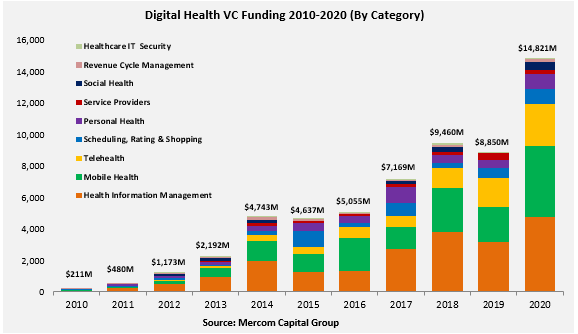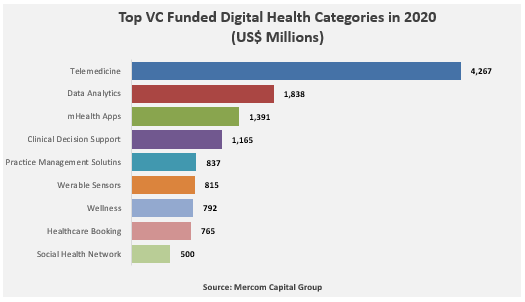 Foley & Lardner rolls out five predictions for telehealth/digital health law and policy in the US:
Foley & Lardner rolls out five predictions for telehealth/digital health law and policy in the US:
1. Licensing: More Efforts to Increase Reciprocity and Reduce Barriers. During the current PHE, HHS and states waived many telehealth requirements, including HIPAA and licensing. As the PHE does not look to be ending anytime soon, look for this to continue and eventually be part of Federal policy as soon as the fall. The status quo in Medicare is rural telehealth only–and that restriction is being recognized as absurd. (Related TTA article on the 2021 Physician Fee Schedule [PFS])
2. Modalities: Technology-Neutral State Laws that Prioritize Quality of Care. States are all over the place with telehealth. Currently, changes have been through legislation with others by executive order or regulation. The American Telemedicine Association published a guide to standard practice and terminology language mid-last year (revised in September) to help guide state lawmakers. One can only hope they follow this recommendation from the ATA.
3. Privacy: Greater Sensitivity to Patient-as-Consumer in Digital Health. Increased privacy regulations will run up against interoperability and data sharing. In this Editor’s view, this will continue to be a battleground, as in data sharing, there’s Gold In Them Thar Hills and Big Tech has its eye on it.
4. Enforcement: OIG/DOJ Will Build on Prior Investigations. This is the area of Medicare overpayment, wrong payment, and fraudulent tele- and TV marketing of medications, genetic testing, and DME. This massive takedown including opioids made headlines last year [TTA 2 Oct] and included $4.5 bn in fake telemedicine claims. It’s kind of a no-brainer that with the expansion of telehealth, this will continue. It’s always been on the Fed’s radar screen.
5. Payment: Continued Expansion of Telehealth Reimbursement. Again, a ‘Captain Obvious’ with the changes in the 2021 PFS plus resistant states like NY and Massachusetts finally on board with parity (ATA on NY and MA). There are some interesting adds that employers will increasingly pay for tele-primary care, behavioral health, and specialty care like fertility, which again is a no-brainer when your workforce is remote and you want to keep them online. Where telehealth needs a permanent boost is in Federal value-based care programs run by CMS, like shared savings and Primary Care First.
So you’re introducing a telehealth platform or device that you’d like to say ‘FDA-cleared’. This may not be the time to deal with FDA. Bradley Merrill Thompson of Epstein Becker & Green, P.C., well known to be one of the leading lights in telehealth law and advocacy since Ur-Days, makes a very convincing case to avoid the FDA 510(k) process–if you can. 1) FDA is jammed. 2) it’s a long haul, nearly a year as of 2019, probably longer for 2020 and 3) if you are de novo without any predicate device, you have maybe a 50 percent chance of success. His anecdotal take is that FDA clearance doesn’t lead to a boost in revenue. Mr. Thompson has also studied the fearsome Warning Letters, and the few for 2020 mostly involved exaggerated or unproven claims around COVID-19. None involved unapproved claims for a digital health product.
In this Editor’s view, customers won’t be hung up on an FDA clearance if you do what you say you’re going to do at the price they want to pay. Investors need to know this. Some markets do require FDA clearance, however. This Editor experienced this working for her first digital health company, Living Independently Group, where GE Healthcare before acquiring insisted that we take the system through an unnecessary Class I (!) approval. In dealing with vital signs monitoring and Federal purchasing, our Class II filing at Viterion was required. His advice is to watch your claims and work on your business model. Much, much more from Mr. Thompson in Mobihealthnews.
















Most Recent Comments